This week, we’re at Solar Power International in Salt Lake City. And of course, there’s much to see, with hundreds of booths, thousands of products and tens of thousands of solar power professionals at North America’s largest energy conference.
The Department of Energy’s showed off cutting edge solar ideas at the ongoing American Made: Solar Prize, and though these items aren’t available for sale – one day they might be. Team Tandem PV seeks to make a more efficient solar module by combing perovskites (lower left image of a pure perovskite solar cell) and a standard solar cell, but their idea is that we should have a normal solar panel, and add the perovskite layer to the solar module’s top glass layer (instead of combining the two solar cells directly). Then, you combine the two in the solar module junction box (lower right image). The center image below shows the perovskite in the top right, the backside of the combined solar cells on the left, and the front side of the combined cells – that is a very dark black – in the center. The researcher suggested we might see a real solar module within two years. That’s exciting.
Innovation doesn’t occur in the solar modules alone, with operations and maintenance getting attention as well. Buffalo Turbine wants to offer you touchless snow removal. The company blows the large majority of the snow off of the modules, allowing electricity production to begin, which then heats the solar modules and melts off the rest of the ice. There’s two sizes available, and they hook up to a standard tractor.
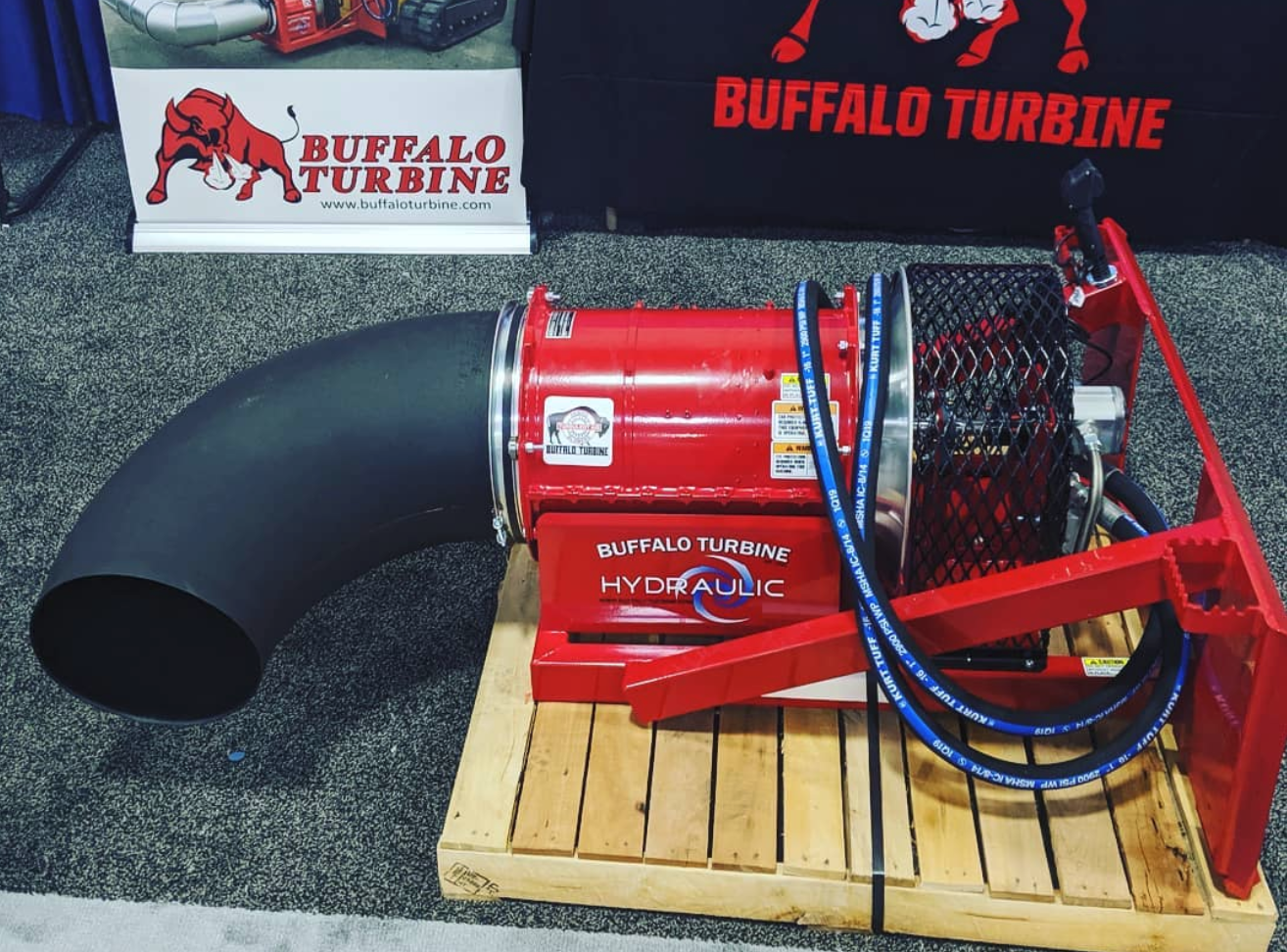
While a second group looks to clean solar modules with robots. The Radiant Group unit slowly works its way across the modules, has spinning brushes underneath, and when it gets to the corners of the modules works it way around the edge of the product a lot like a Roomba. The unit can work at night, and comes with a secondary ground based robot that follows along. Maybe one day the robots will get out of the truck and climb up on the modules themselves.
Another example of innovation occurring far away from the solar modules themselves comes from SFS Solar, who installs ground based solar racking, and specifically was contracted by NEXTracker to help build better tools to install this hardware. Below we see their diesel powered Hydraulic Power Pack, that attaches rivets in two seconds, has long enough cables to touch four rows with two guns in concurrent use, and the strength to stay in one piece for a much longer period in very rough conditions. The hardware will be less than $20,000 when launched, mounts to the back of your truck, and will lower labor costs during install.
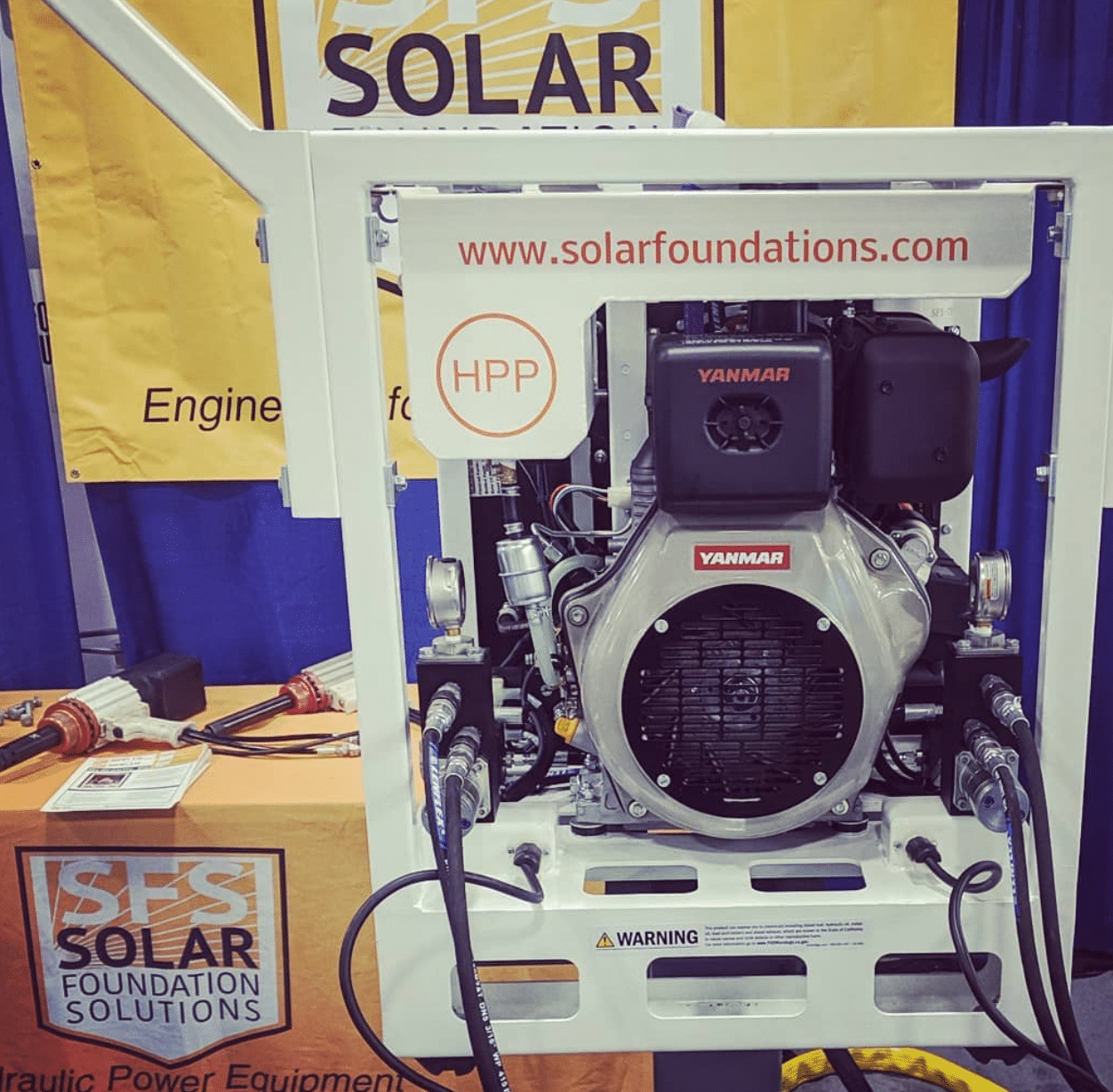
Racepoint Energy wants to give you greater control over your home’s electrical panel. The standard electrical panel on the left is complemented by the controls on the right. These controls watch the individual circuits, and can be programmed to do many things, such as if the electricity goes down, and you’re running on backup, the system will shut off non-necessary circuits and turn into an emergency panel running on required home hardware saving your battery. When this author asked the R&D team if there was a future involving socket-level control, we were told the company doesn’t talk about products under development.
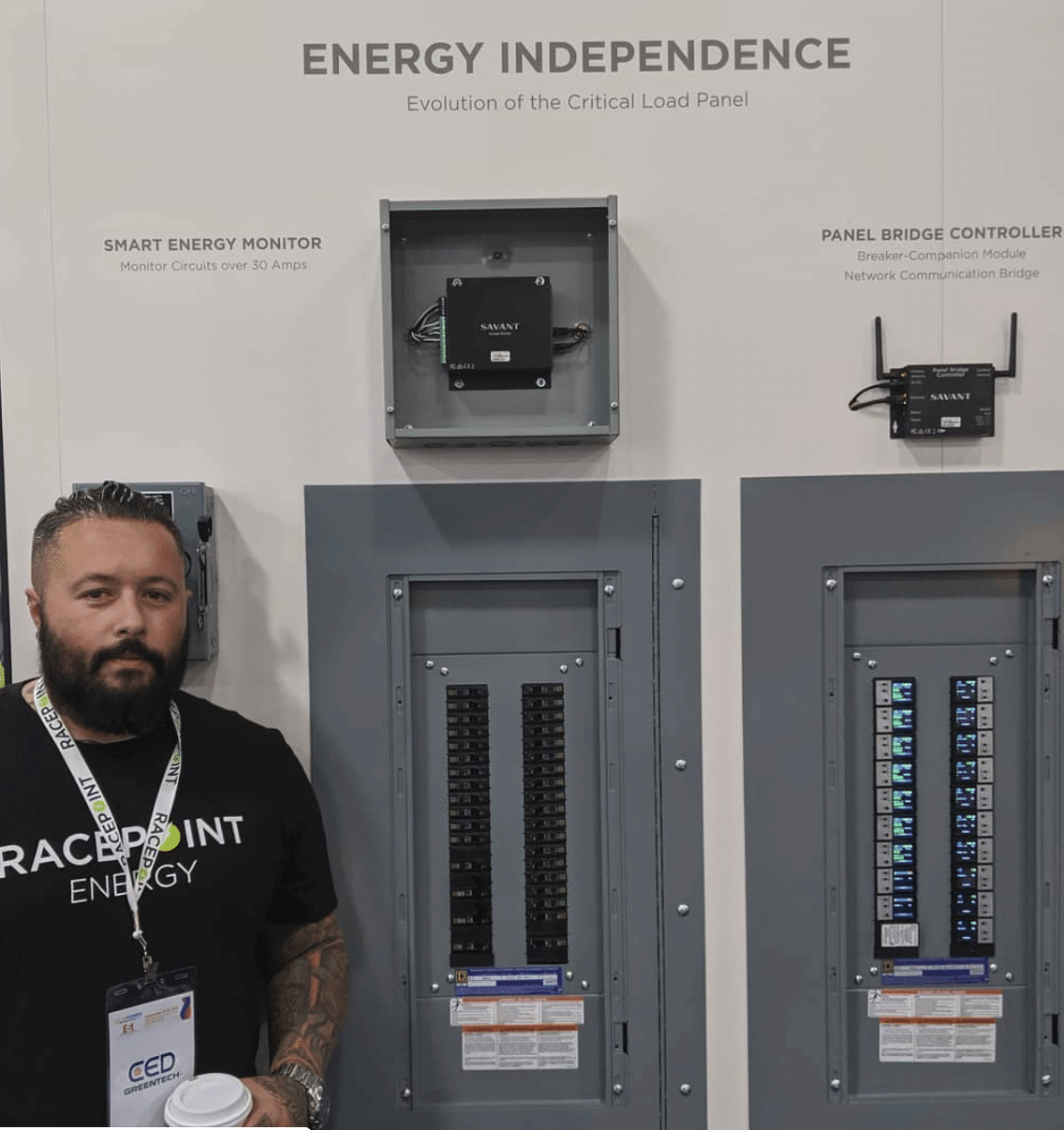
Hanwha Q-Cells has put out their “gapless” solar module – which really is the most simple of innovations: squeezing more solar cells into the solar panels by getting rid of the space between said cells. Comes down to basic math – if more silicon is facing the sunlight and taking up the same amount of space, you get more electricity. Simple, eh?
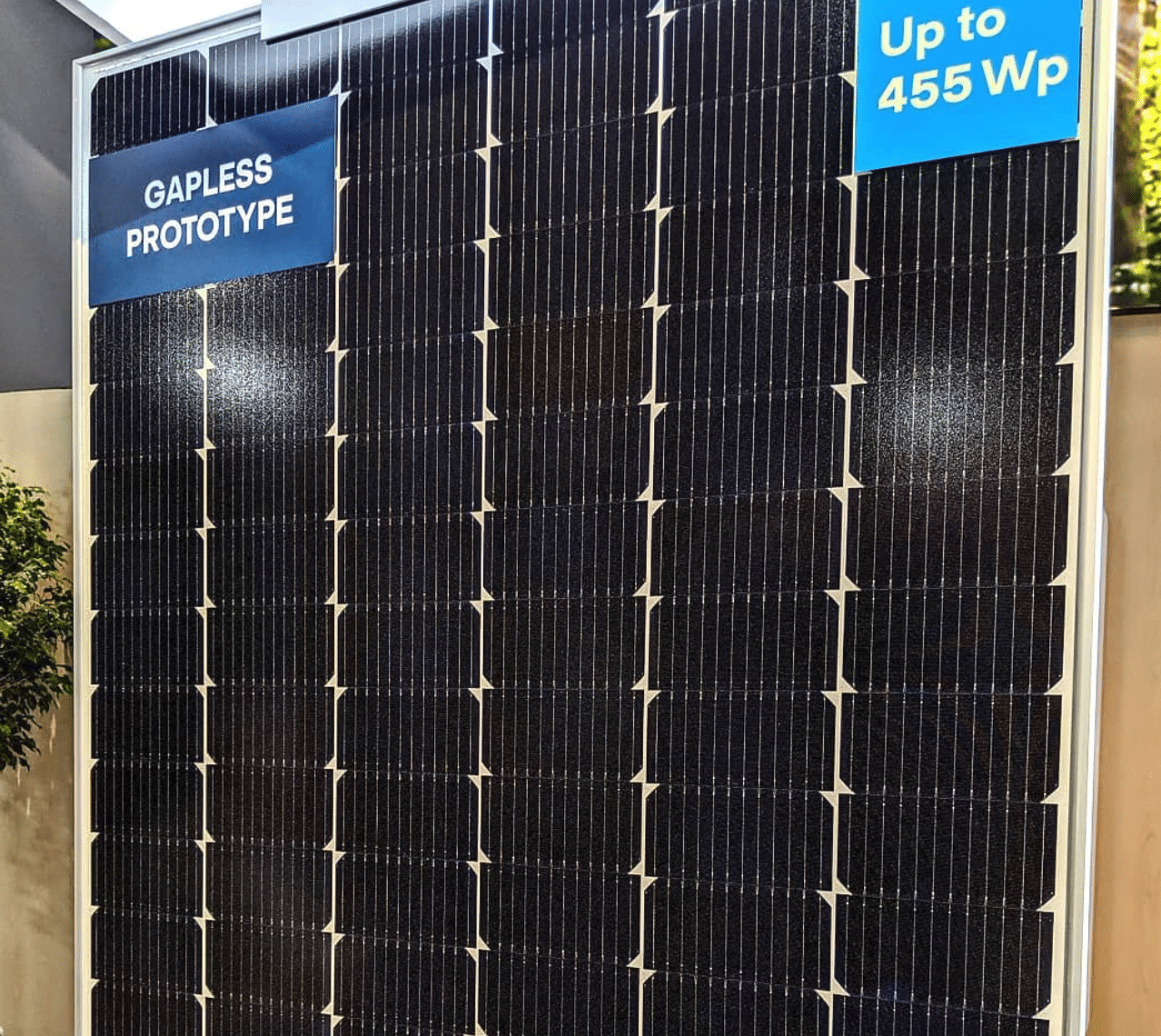
Mersen makes 1500V fuses as big as this pv magazine USA author’s head (and a whole lot of other items as well). Truly, I don’t know too much (anything) about the structure of fuses internally, but it is always nice to hold a solid, heavy piece of hardware in your hands. Makes you feel a bit safer.
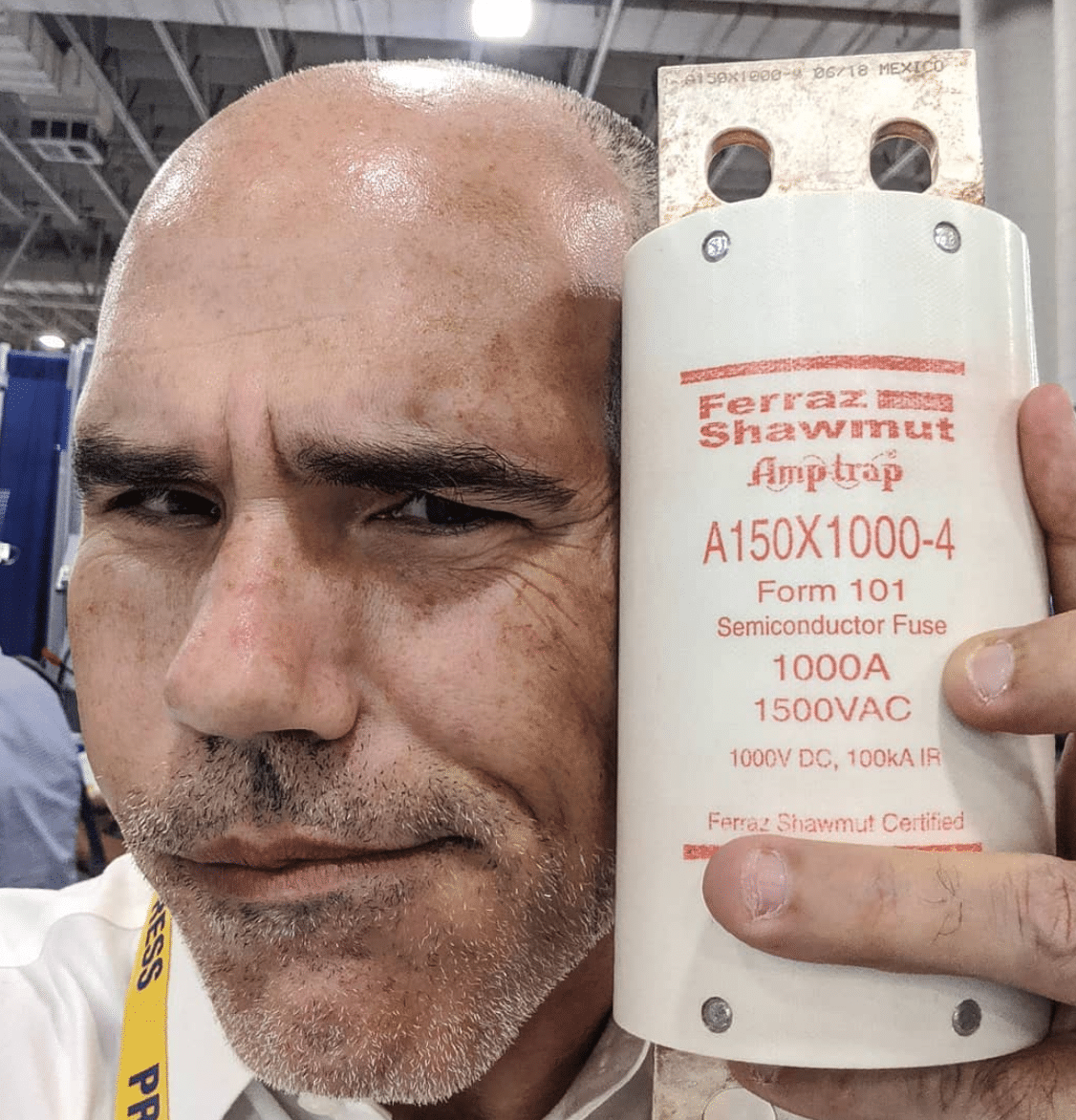
We’ll have more images from the floor over the following days, so do stay close. As well, if you’re in town – come visit pv magazine USA as we host the Future Roundtable and the Quality Roundtable, today, at 10 am and 2 PM local time, respectively.
This content is protected by copyright and may not be reused. If you want to cooperate with us and would like to reuse some of our content, please contact: editors@pv-magazine.com.
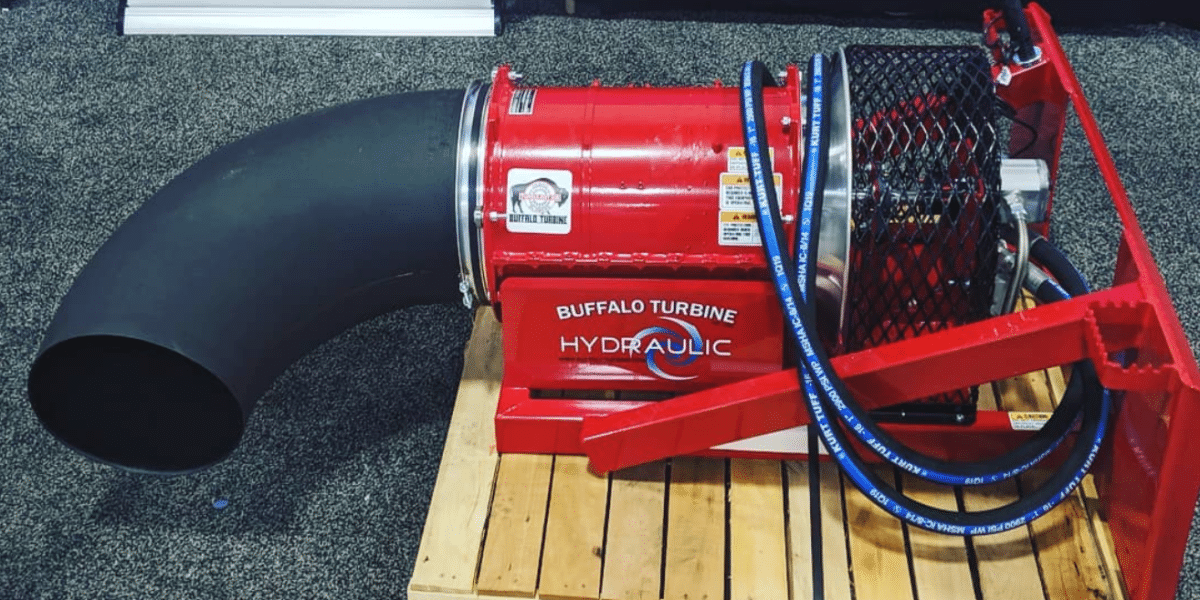










Is that 455W for a 66/132 cell/half-cut or for 72/144?
If for 66 residential panels that would be incredible, but I suspect it is for utility sized panels.
“John”:From another PV-magazine article: “The ML-G9 will be accompanied its larger gapless cousin the Q.Peak Duo XL-G9.2 – a prime module for ground-mounted solar plants thanks to its 156 half-cell composition that delivers a maximum output of up to 455 Wp and efficiency of up to 20.6% with only a slight increase in module size.” Does that figure out to about 72″ by 40″?
I’m still thinking that TOPCon solar cell technology would be amenable to a spray on coating of perovskites to create the tandem cell. I’d like to see these tandem cells become a manufactured product instead of a laboratory curiosity.
Thanks for Sharing article about On the floor at SPI – touchless snow removal, perovskite tandem cells, gapless solar modules. It’s very useful to us. Here, Hindustan – One of the Leading Hydraulic Power pack Manufacturers in Chennai, They’re engaged in offering a comprehensive range of Hydraulic Power Pack to the Customers. You can mileage these products in different specifications from Them.